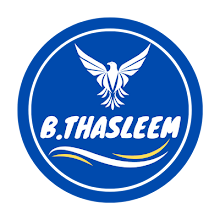The study of the structure of living things is called anatomy. All animals are made up of CELLS, some of which are specialized to carry out different functions. Simple animals, such as sponges, are made up of only a few types of cell. In more complex animals, cells are organized into tissues, such as muscles and nerves that are necessary for movement. Tissues can form organs, such as the heart, which is used to pump blood around the CIRCULATORY SYSTEM.
All animals with backbones have an internal framework of support, called an endoskeleton. Bony skeletons, such as that of the squirrel, are light to aid movement. When an animal is young, bones in the skeleton can grow in length. Some bones protect vital organs, while limb bones provide anchorage for muscles.
All animals need oxygen to survive. Simple animals exchange gases over the surface of their bodies. Insects, such as caterpillars, have openings along their bodies, called spiracles, through which air passes. Animals with lungs, such as birds and mammals, actively breathe.
PERFECT SYMMETRY
SHARK ANATOMY
EXOSKELETON
CELLS
CELL COMPONENTS
CIRCULATORY SYSTEM
Many land animals, such as reptiles, are ectothermic – they rely on the Sun’s heat to raise their body temperature to a level that allows them to be active. Birds and mammals are endothermic – they produce their own heat and maintain a constant body temperature.





0 comments:
Post a Comment